Wildflowers, Grasses and Other Nonwoody Plants
Media
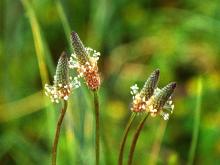
Species Types
Scientific Name
Plantago lanceolata
Description
Like the common dandelion, English plantain should be familiar to every Missourian. This perennial herb occurs in fields, lawns, roadsides, and other disturbed habitats.
Media

Species Types
Scientific Name
Capsella bursa-pastoris
Description
Shepherd’s purse is a plant that started in Europe and western Asia and has been introduced nearly worldwide. Like the common dandelion, it has several adaptations that make it a successful colonizer of disturbed soil.
Media
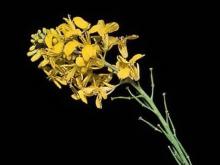
Species Types
Scientific Name
Brassica nigra
Description
Next time you breeze past weedy black mustard on the highway or spot it in a fallow field, think of how important this and other mustards are to the world economy – and to your dinner table.
Media
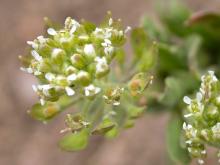
Species Types
Scientific Name
Lepidium campestre
Description
Also called cow cress, field cress is an Old World plant that was introduced to America long ago. In Missouri, it is weedy and found mainly in disturbed habitats such as pastures and roadsides.
Media
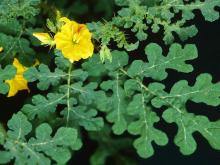
Species Types
Scientific Name
Solanum rostratum
Description
A spiny annual with bright yellow flowers and dandelion-like leaves, buffalo bur is an introduced member of the nightshade family.
Media
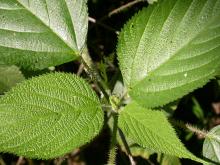
Species Types
Scientific Name
Laportea canadensis
Description
Wood nettle, or stinging nettle, often forms dense stands in bottomland forests, streamsides, and other places. There, canoeists, anglers, and others try to avoid touching its stinging hairs!
Media

Species Types
Scientific Name
Datura stramonium
Description
Pretty but poisonous, jimsonweed has white goblet-shaped flowers that open around midnight. This native of tropical America was introduced nearly throughout the United States and thrives in disturbed soils.
Media
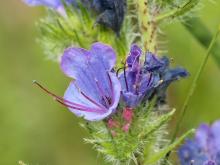
Species Types
Scientific Name
Echium vulgare
Description
A biennial plant with bristly hairs and usually with single stems, viper’s bugloss can grow 2½ feet tall. The flowers are pink in bud, blue to ultramarine later. The protruding stamens are pink.
Media
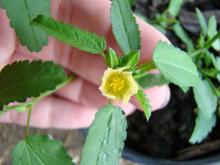
Species Types
Scientific Name
Sida spinosa
Description
Prickly sida, a weedy plant seen along roadsides, streambanks, and the edges of fields, is in the same family as hibiscus, okra, and hollyhocks. A small, spinelike projection grows at base of each leaf.
Media

Species Types
Scientific Name
Solanum carolinense
Description
Horse nettle is a native perennial with spiny stems and leaves, white to purplish flowers, and toxic fruits that look like tiny yellow tomatoes. It does well in disturbed habitats, and many people consider it a weed.
See Also
About Wildflowers, Grasses and Other Nonwoody Plants in Missouri
A very simple way of thinking about the green world is to divide the vascular plants into two groups: woody and nonwoody (or herbaceous). But this is an artificial division; many plant families include some species that are woody and some that are not. The diversity of nonwoody vascular plants is staggering! Think of all the ferns, grasses, sedges, lilies, peas, sunflowers, nightshades, milkweeds, mustards, mints, and mallows — weeds and wildflowers — and many more!





















